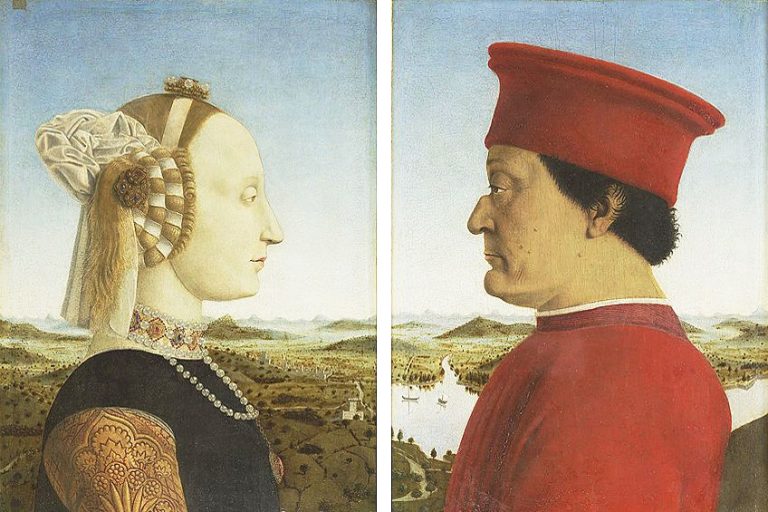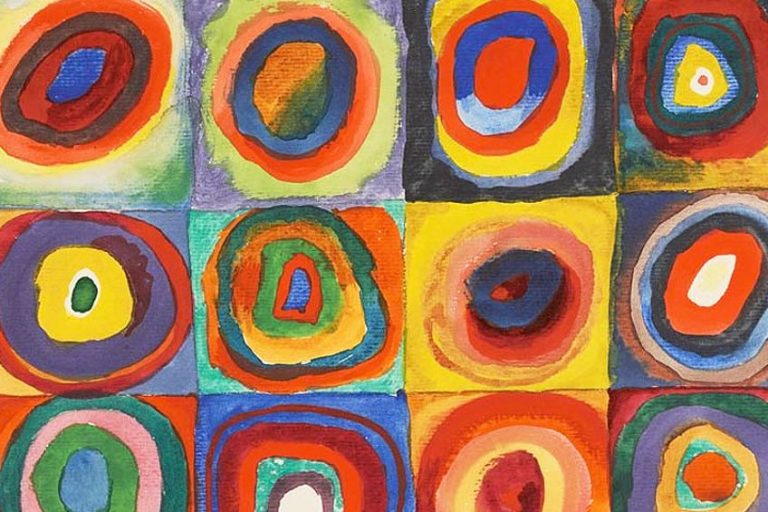African American Art – A Tapestry of Rich Cultural Heritages
African American art is a vibrant and essential component of the global art landscape, reflecting the rich cultural heritage, struggles, triumphs, and unique perspectives of African American artists. From the Harlem Renaissance to contemporary expressions, African American art encompasses a diverse range of styles, themes, and mediums, showcasing the depth of creativity and storytelling within the community. This article delves into the history, evolution, notable artists, and significant contributions of African American art to the world of visual culture.
Table of Contents
Key Takeaways
- African American art is a vital part of America’s cultural fabric, integrating historical experiences and contemporary perspectives.
- The genre is marked by its diversity, encompassing a wide range of styles from traditional to modern, and employing various mediums.
- African American artists have played a significant role in shaping American visual culture, using their art as a vehicle for expression and social change.
Historical Context of African American Art
African American art embodies the complex history and rich heritage of Black Americans, reflecting their struggle, resilience, and expressiveness through visual narrative. Aspects of this art often draw from the African diaspora, slavery, and antebellum experiences in the United States.
Post 1865, following the abolition of slavery, African American artists began to more actively participate in the American art scene. Despite facing significant social and economic barriers during the Reconstruction era and beyond, these artists continued to shape a distinct identity that would gradually gain recognition.
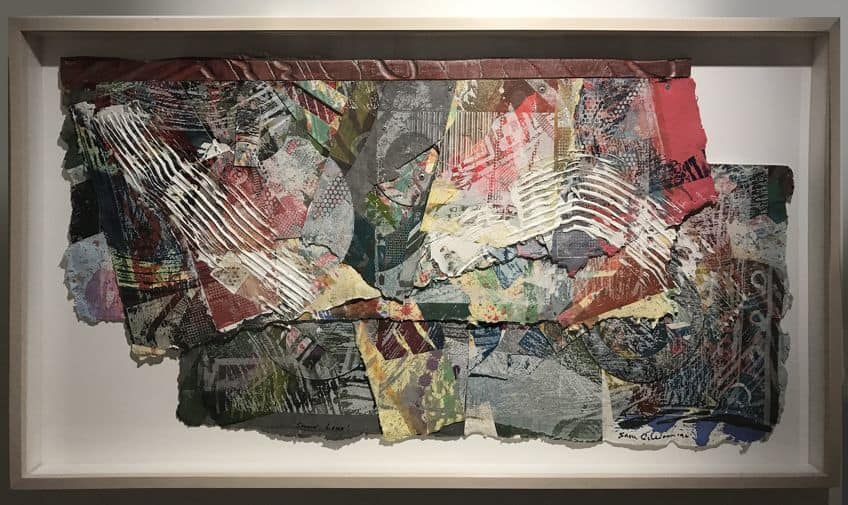
By the turn of the 20th century, African American artists were progressively contributing to American art, infusing it with their unique perspective shaped by their history and experiences. The Harlem Renaissance of the 1920s was a pivotal moment that signaled the arrival of African American artists into the mainstream. This artistic explosion centered in New York was part of a broader renaissance that celebrated Black life and culture.
The Civil Rights Movement of the 1950s and 1960s further influenced African American art. Artists became outspoken through their work, advocating for civil rights and challenging racial injustices. Their creations often served as visual narratives that reflected the American experience from the African American perspective. Through centuries of change, African American art has preserved the legacy and stories of Black Americans, chronicling the ongoing journey from the antebellum South to the Civil Rights era and beyond.
It demonstrates the community’s adaptation and the ever-evolving definition of what constitutes American art and identity.
Evolution of Artistic Styles and Mediums
African American art encompasses the visual artistic traditions of African Americans, reflecting a rich variety of styles, narratives, and mediums. Through their art, African American artists have articulated experiences and perspectives that provide insight into the broader African American cultural and historical experience. Their contributions span from the earliest days of the Republic to contemporary times, often weaving together elements inspired by African cultural legacies with those of the American experience.
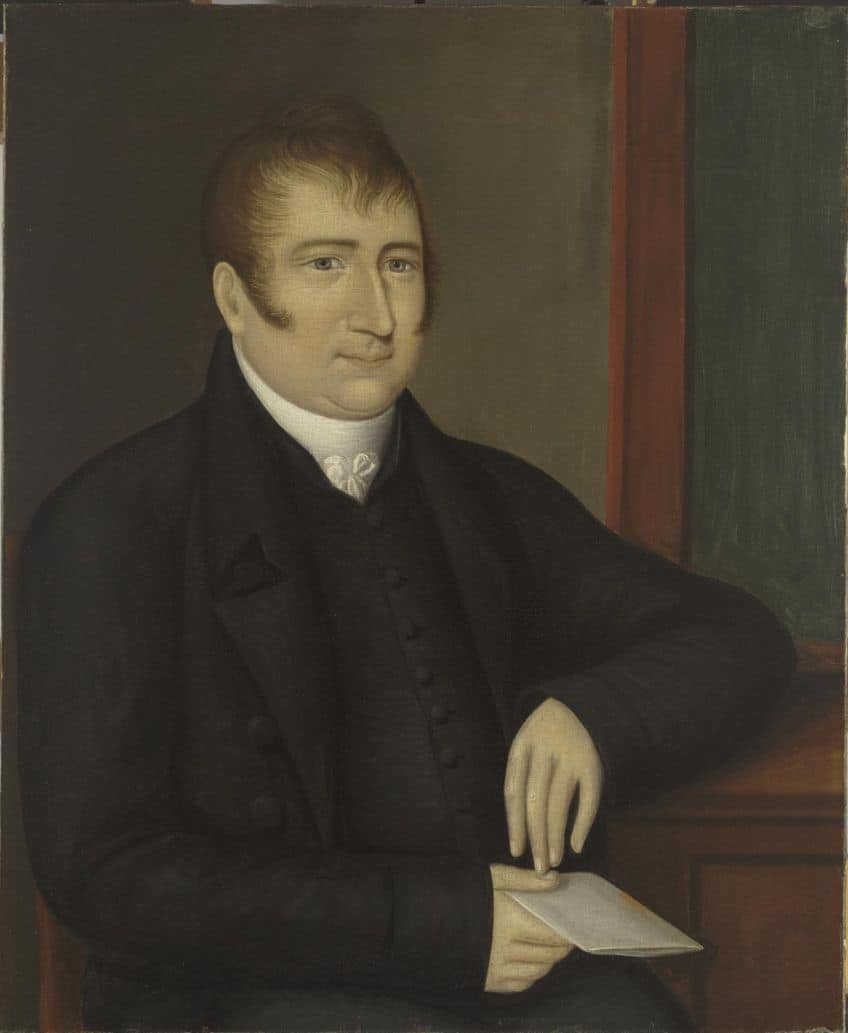
The history of African American visual art is intertwined with the societal and cultural transformations that have taken place in the United States. Early works by African American artists often emerged from the shadows of slavery and segregation, with artists like Joshua Johnson, recognized as one of the earliest professional African American artists, gaining recognition in the 18th and 19th centuries. Over time, these artists have used their works not only as a form of personal expression but also as a powerful tool for social commentary, chronicling struggles, triumphs, and the everyday life of African Americans.
African American art has undergone significant transformations, embracing various styles and mediums to express cultural, social, and political narratives. The journey from figurative and symbolic representations to innovative modernist techniques highlights a rich and evolving artistic heritage.
The Emergence and Impact of the Harlem Renaissance
The Harlem Renaissance was a pivotal movement in the 1920s and 1930s, marking a blossoming of African American culture. Painting, sculpture, and photography flourished alongside jazz music. Artists like Aaron Douglas developed a visual language that combined African motifs with modernist styles, impacting both art and culture. Douglas’s use of silhouette and flat color planes exemplified the realist and cubist influences in Harlem, promoting a new Black identity through art.

Post-War Expression and the Civil Rights Era
After World War II, African American artists were influenced by the dynamics of the Civil Rights movement. Jacob Lawrence and Romare Bearden embraced social themes in their art, using collage, printmaking, and painting to depict the African American experience. Lawrence’s narrative series conveyed stories of the Great Migration, while Bearden’s use of fragmented images in his collages illustrated aspects of Black culture and cubism.
The era reflected a shift from realism to more abstract and expressionist art forms, showcasing the struggle for political change.
Contemporary African American Art and Its Global Influence
In the late 20th century and into the 21st century, African American artists such as Glenn Ligon, Jean-Michel Basquiat, Mickalene Thomas, and Kara Walker challenged traditional boundaries through various mediums. Ligon’s text-based paintings, Basquiat’s neo-expressionist works, Thomas’s bold portraiture, and Walker’s silhouetted figures all explored themes of identity, culture, and history. Techniques such as assemblage, abstraction, and performance gained prominence, positioning these artists and their work within a global context. For instance, Philadelphia-based artists like Alma Thomas and Sam Gilliam expanded the notion of abstract art through painting and drawing, while Betye Saar combined found objects in her assemblages, all contributing to an ever-expanding collection of visual art.
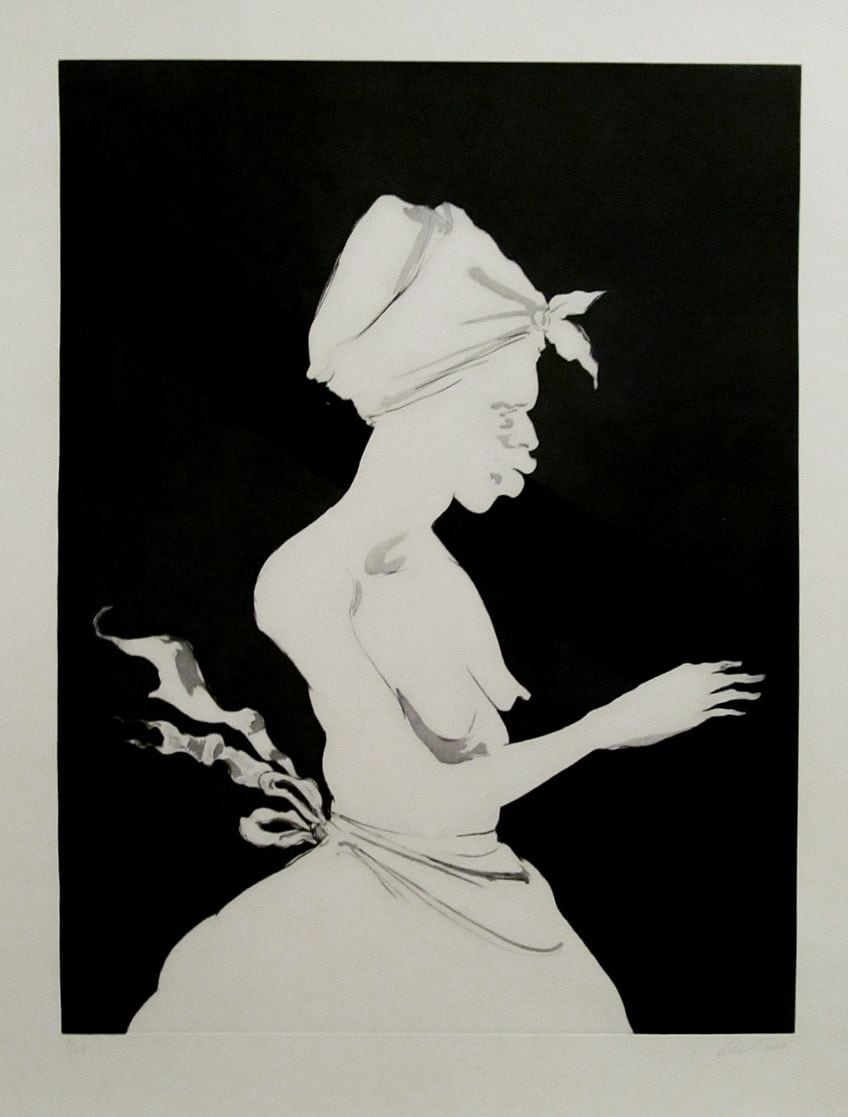
Notable African American Artists and Their Contributions
The landscape of African American art is rich and varied, featuring artists who have played significant roles in shaping cultural identity and art history. These artists’ works often explore themes of race, identity, and the African American experience. The early figures in African American art set a foundation of expression, turning to themes of faith, identity, and the human condition. Henry Ossawa Tanner was a realist painter whose religious subjects and distinctive use of light received international acclaim. Aaron Douglas, often referred to as the “father of African American arts,” played a pivotal role during the Harlem Renaissance with his Art Deco-style illustrations and murals that celebrated African heritage.
Notable was William H. Johnson, who with his folk-inspired style, depicted the everyday life of African Americans.
- James Van Der Zee, as a Harlem Renaissance photographer, excelled in capturing the verve of his time through dignified portraiture.
- Gordon Parks, a multi-faceted artist, used his camera as a tool for social change and is famous for his affecting photo essays.
Another early influencer includes Elizabeth Catlett, whose sculptures and prints focused on the lives of African Americans and Mexicans, often addressing themes of social injustice.

Modern and Contemporary Trailblazers
Modern and contemporary artists have expanded the conversations around African American identity and representation through various mediums and innovative approaches.
- Alma Thomas, recognized for her exuberant, colorful abstract paintings, became an inspiration as the first graduate of Howard University’s art department.
- Sam Gilliam revolutionized the art world with his “Drape” paintings, removing the canvas stretcher to allow his color field paintings to flow freely, interacting with architecture and space around them.
- Faith Ringgold is known for her narrative quilts that blend storytelling, activism, and artistry, challenging assumptions about gender, race, and politics.
- The dynamic collages and murals of Romare Bearden vividly depict aspects of black culture and are celebrated for their narrative richness.
- Jean-Michel Basquiat, initially a graffiti artist under the name “SAMO,” emerged as a neo-expressionist powerhouse whose works brought attention to dichotomies such as wealth versus poverty.
- Kara Walker is renowned for her silhouette installations, which boldly address the traumatic legacy of slavery and ongoing racial tensions.
- The mixed media work of Betye Saar echoes personal history with African American folklore, creating layered pieces that speak to racial and sexist stereotypes.

Each of these artists has contributed uniquely and profoundly to the dialogue of American art, continuously reframing the perspective from which African American life and culture are viewed. Through their works, they have boldly addressed complex narratives about identity, memory, and representation, fostering a more inclusive understanding of American art.
Who Are Some Prominent Figures in the History of African American Visual Arts?
Prominent figures in African American visual arts include the likes of Henry Ossawa Tanner, known for his works in religious subject matter, Jacob Lawrence who vividly chronicled the African American experience, and Romare Bearden whose collages blended cultural and social themes. Artists such as Kara Walker also stand out for her silhouetted figures that boldly address race and gender.
What Are the Defining Characteristics of African American Visual Art?
African American visual art is diverse, often characterized by themes of identity, cultural pride, and social struggle. It reflects a wide array of experiences and perspectives, ranging from the exploration of African heritage to commentaries on contemporary social issues. This art form incorporates various media and styles, embracing the traditional alongside the innovative.
What Impact Has African American Art Had on Culture and Society?
African American art has profoundly impacted culture and society by challenging stereotypes, promoting cultural awareness and appreciation, and giving voice to struggles and triumphs of the African American community. It has occupied a crucial role in movements for civil rights and social justice, shaping the narrative of American history and influencing generations of artists across disciplines.
Isabella studied at the University of Cape Town in South Africa and graduated with a Bachelor of Arts majoring in English Literature & Language and Psychology. Throughout her undergraduate years, she took Art History as an additional subject and absolutely loved it. Building on from her art history knowledge that began in high school, art has always been a particular area of fascination for her. From learning about artworks previously unknown to her, or sharpening her existing understanding of specific works, the ability to continue learning within this interesting sphere excites her greatly.
Her focal points of interest in art history encompass profiling specific artists and art movements, as it is these areas where she is able to really dig deep into the rich narrative of the art world. Additionally, she particularly enjoys exploring the different artistic styles of the 20th century, as well as the important impact that female artists have had on the development of art history.
Learn more about Isabella Meyer and the Art in Context Team.
Cite this Article
Isabella, Meyer, “African American Art – A Tapestry of Rich Cultural Heritages.” Art in Context. March 25, 2024. URL: https://artincontext.org/african-american-art/
Meyer, I. (2024, 25 March). African American Art – A Tapestry of Rich Cultural Heritages. Art in Context. https://artincontext.org/african-american-art/
Meyer, Isabella. “African American Art – A Tapestry of Rich Cultural Heritages.” Art in Context, March 25, 2024. https://artincontext.org/african-american-art/.




